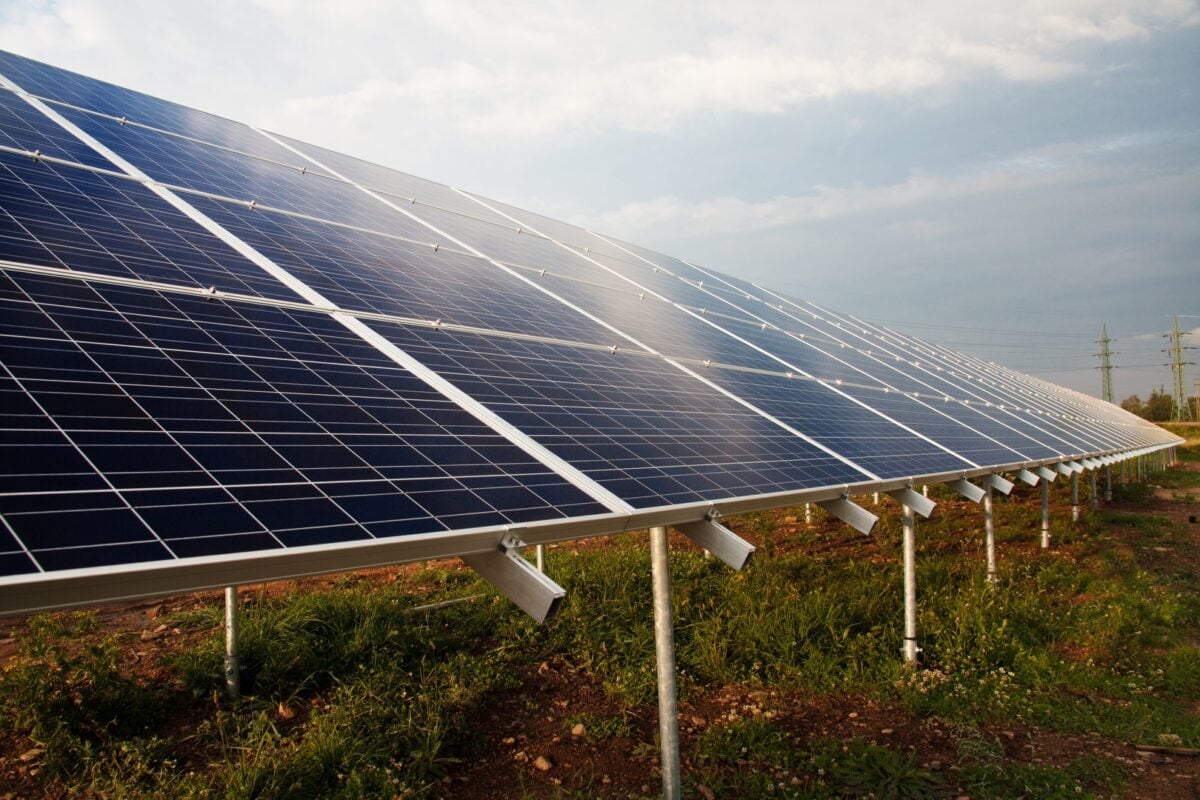
Image: Pxhere.
Solar power, along with wind and storage capacity, will have to greatly increase if the UK is to meet its net zero emissions by 2050 goal, according to analysis by Aurora Energy Research.
Aurora’s research presupposes capacity increases of more than 100GW of solar and wind, rising from 33GW today to more than 140GW in 2050. Its scenario also includes 20GW of new nuclear, and the inclusion of 3GW of Carbon Capture and Storage in the system.
In addition, Aurora's research suggests that a further 20GW+ of firm back-up capacity will be required in 2050 to solve this system challenge, as any swing in residual demand could be as much as 8.5GW.
Ana Barillas, principal at Aurora Energy Research said that “significant changes for operations” would be needed to “ensure that the lights stay on despite the fluctuations in renewables output.”
In this scenario, there could be an ‘excess’ in renewable generation of 185TWh by 2050. Aurora suggests that this could be used to produce hydrogen to decarbonise heating, transport or industry, however.
In order to meet these necessary increases in storage and flexibility, Aurora has called on government, Ofgem, and the system operator to follow three principles: price the externalities, define the system needs and to let the market decide.
Richard Howard, Research Director at Aurora Energy Research commented: “Whilst Extinction Rebellion occupies London’s streets to highlight the climate and ecological emergency, Aurora Energy Research has released analysis which highlights the scale of the challenges in getting to net zero.
“Balancing a net zero power system will require low carbon forms of flexibility which are not yet commercially viable to be delivered at a large scale. Government will need to intervene to bring these options to fruition – through carbon pricing, and technology-agnostic flexibility markets to drive competition and innovation.”
